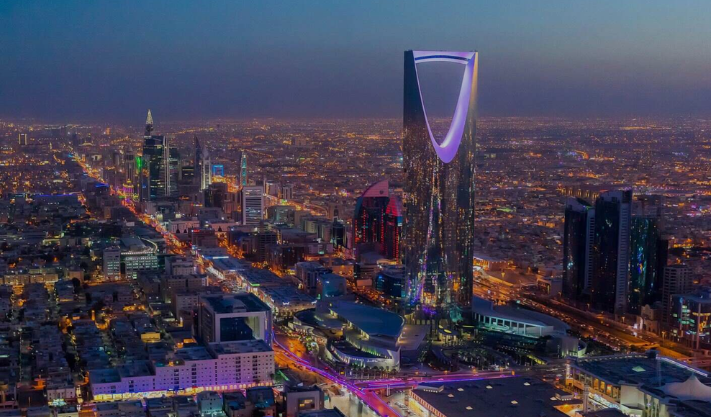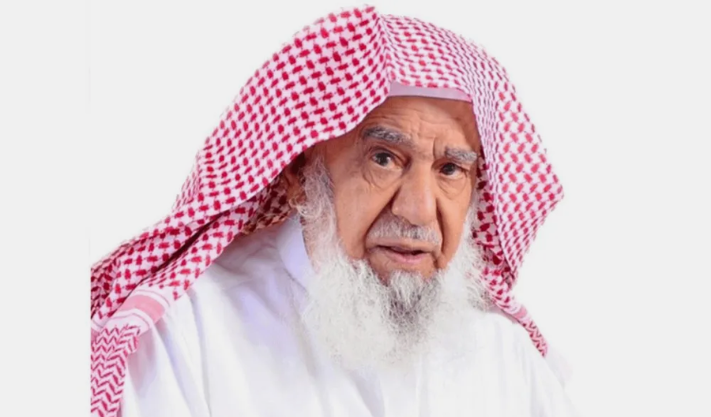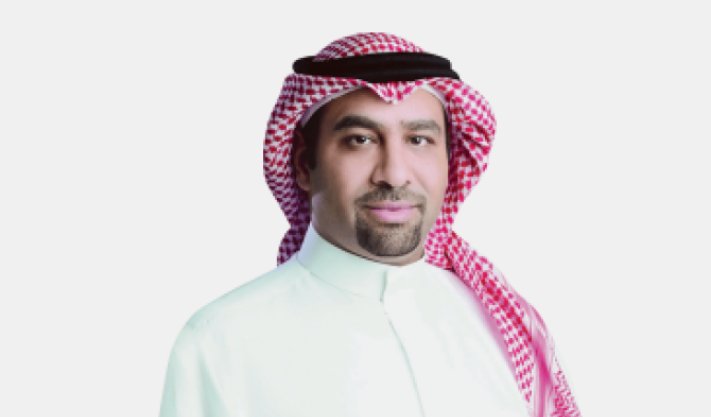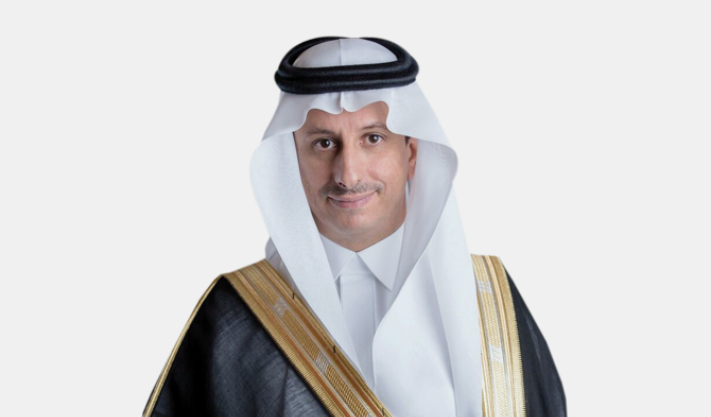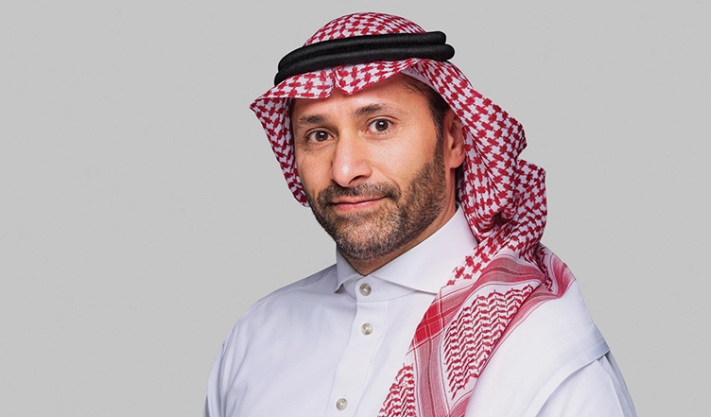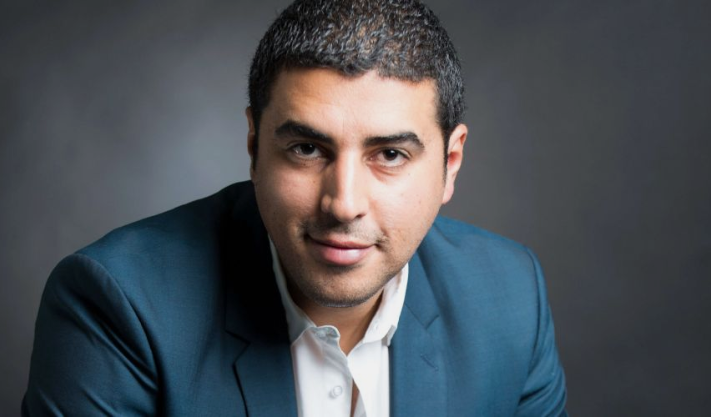Saudi Arabia’s Economy Stays Strong as Non-Oil Sector Grows, Says IMF
The International Monetary Fund (IMF) said Saudi Arabia’s economy is doing well, even with global challenges. The country’s Vision 2030 plan is helping boost non-oil growth, keep inflation low, and reduce unemployment to record lows.
Positive Outlook
Even though Saudi Arabia now has budget and trade deficits, the IMF says the country’s economic outlook is still good. This is because of strong policies, financial reserves, and ongoing reforms.
The economy (real GDP) is expected to grow by 3.9% by 2026, as oil production increases. Inflation is likely to stay under control, though the trade deficit may continue due to high imports and money sent abroad.
Saudi Arabia still has strong financial reserves. These are supported by local deposits, fewer foreign investments, and some external borrowing.
Non-oil sectors are expected to grow more than 3.5% in the coming years, thanks to local demand, large infrastructure projects, and global events.
The trade balance moved from a surplus to a small deficit of 0.5% of GDP, but this is being covered by foreign borrowing and fewer foreign asset purchases. The Saudi Central Bank holds $415 billion in reserves, which is well above the safe level. The banking system is also healthy, with high capital levels and low bad loans.
Possible Risks and Opportunities
Risks include lower oil demand, less government spending, and regional tensions. On the other hand, stronger global growth, more oil production, and new Vision 2030 investments could improve the economy further.
Government Budget Plans
The IMF praised Saudi Arabia for improving how it manages its budget. This includes better planning, more transparency, and improved risk management. Investors are showing more confidence, as seen in better bond market performance.
The IMF supports Saudi Arabia’s strategy of using flexible government spending to support growth when oil prices are unstable. They also suggest slowly reducing the budget deficit in the medium term.
Recommendations include:
-
Expanding tax policies
-
Reducing unnecessary spending
-
Reforming energy subsidies
-
Strengthening support for low-income groups
Monetary Policy and Industry Support
The IMF said the country should keep managing short-term liquidity carefully to avoid too much borrowing or risky asset growth. It supports keeping the Saudi riyal tied to the US dollar and praised improvements in managing money supply.
Industrial policies should be focused, short-term, and led by the private sector.
Growth in Non-Oil Exports
Saudi Arabia’s non-oil exports rose 6% in May compared to last year, reaching $8.3 billion (SAR 31.1 billion). Total exports were $24 billion, and imports increased by 7.8% to $21.6 billion. China remained Saudi Arabia’s biggest trade partner, making up 14% of exports and 29% of imports.
Published: 6th August 2025
For more article like this please follow our social media Twitter, Linkedin & Instagram
Also Read:
Dubai’s Shamal, LVMH’s Cheval Blanc to Build Gulf Island Resort
UAE’s Fertiglobe Sees 41% Profit Rise in Q2, Reaches $20 Million
Luberef, Aramco Unit, Posts 18% Profit Drop in H1 2025
